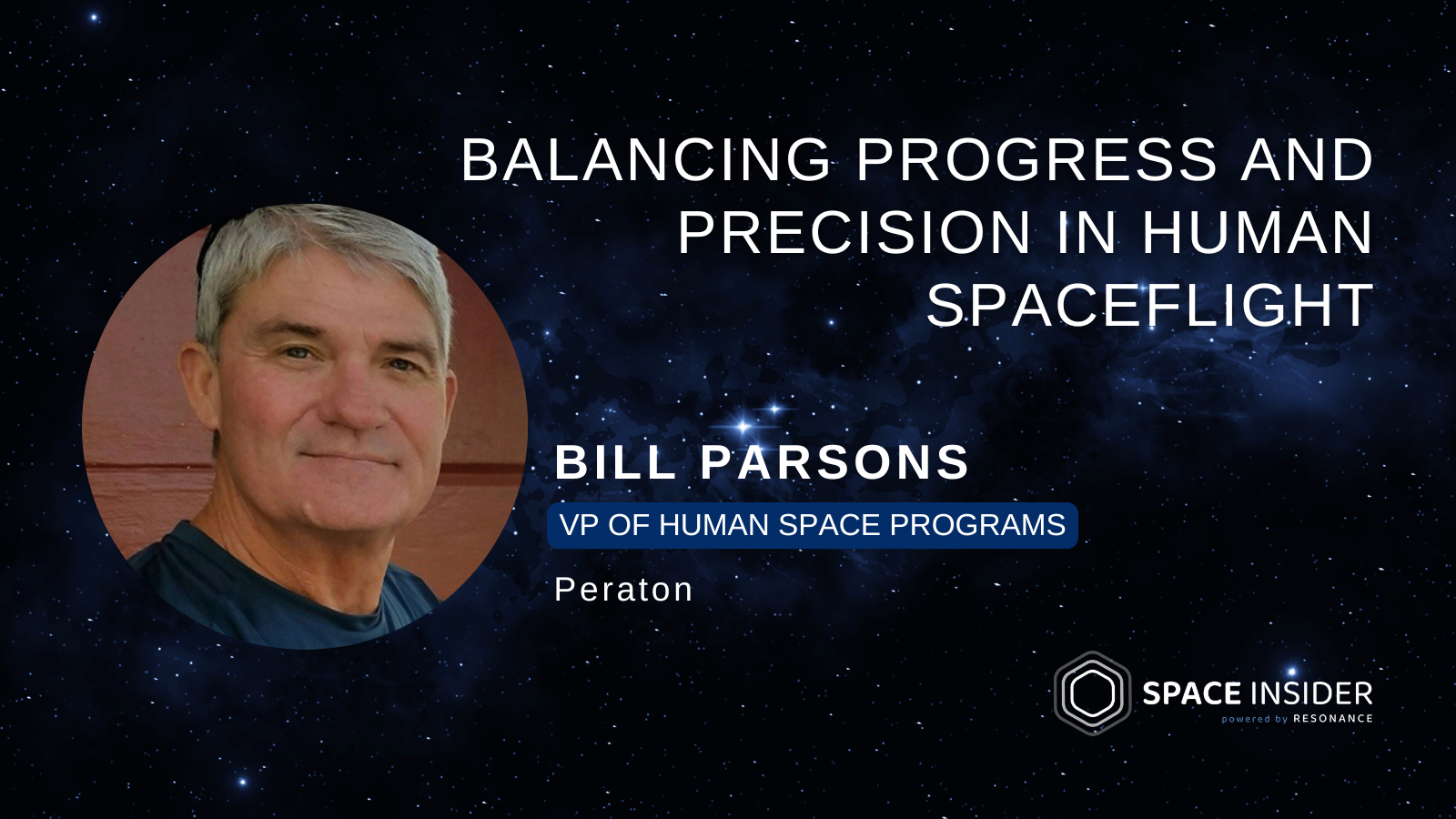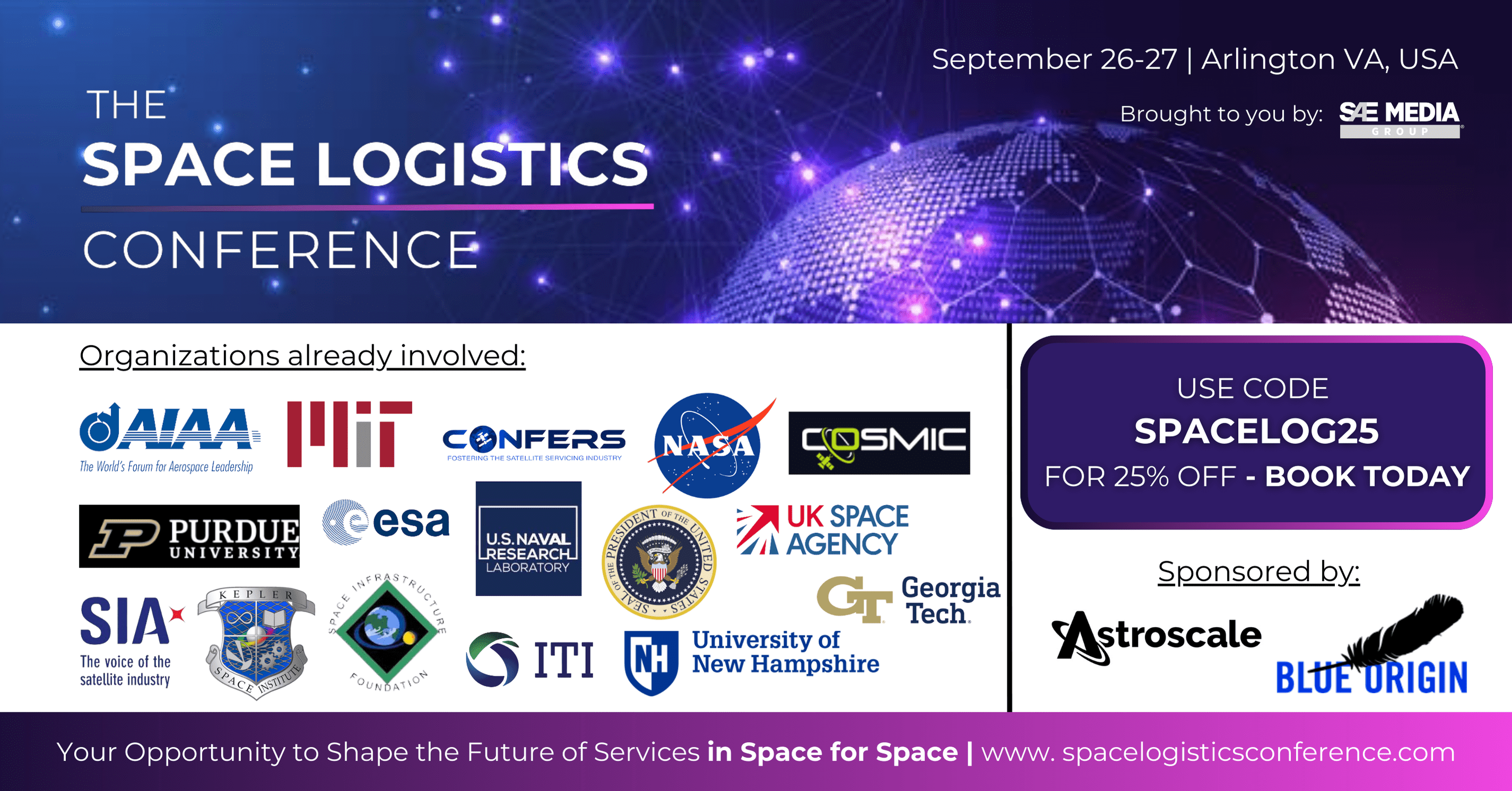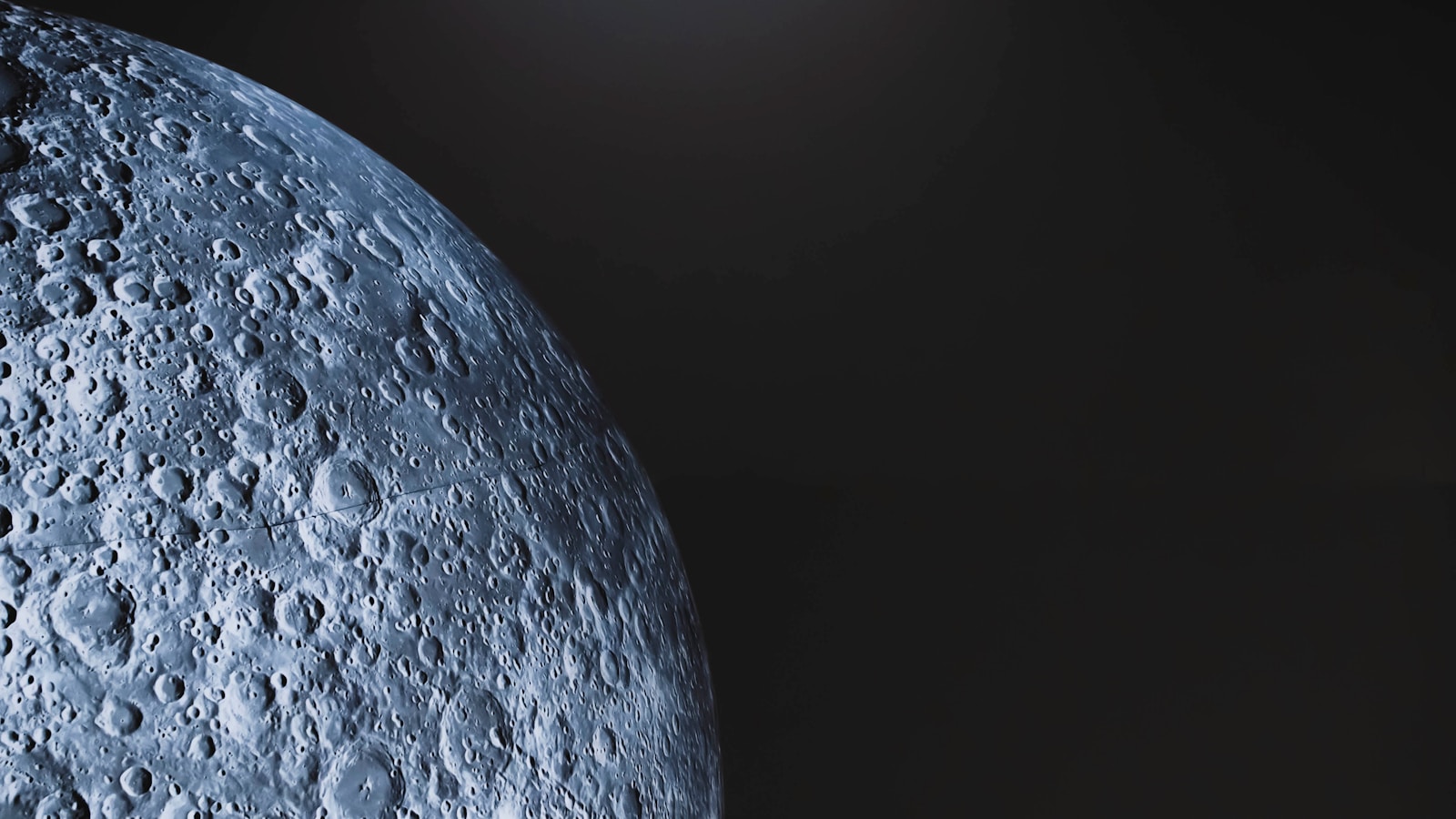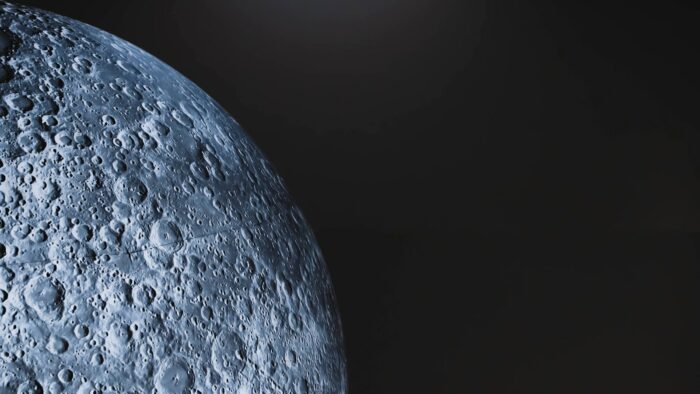In the evolving landscape of human spaceflight, the interplay between safety, progress, and commercial innovation is a crucial balancing act. Bill Parsons, vice president of human space programs at Peraton and a former NASA senior executive, has spent decades navigating these challenges. During his long and distinguished career, he was manager of NASA’s Return to Flight Space Shuttle Program following the Columbia disaster and later served as the director of the John F. Kennedy Space Center. We had the opportunity to sit down with Parsons at the 2025 SpaceCom Expo in Orlando, Florida to discuss his impressive career in the space industry, his current role at Peraton, and his insights on what may be ahead for human space flight. From leading NASA’s Space Shuttle Return to Flight efforts to shaping the role of commercial companies in government space programs, Parsons offers a pragmatic perspective on what it takes to advance human spaceflight without compromising safety.

At Space Insider, we spend a lot of time interviewing and working with people who want to accelerate development cycles in the space sector: test, fail, figure it out, fix it, test again. But as Parsons pointed out, when it comes to human spaceflight, failure is not an option, and safety is priority number one. Few understand this better than he does.
Peraton’s Role in Civil Space
Peraton’s civil space program leverages decades of experience in space communications, mission integration, and human spaceflight operations. The company’s civil space division encompasses mission operations, space flight hardware manufacturing, and critical engineering services that support both NASA and other government agencies.
Parsons’ leadership at Peraton reflects his commitment to ensuring that human spaceflight remains a disciplined and technically rigorous endeavor. “Peraton is involved in a lot of business with NASA, and we want to do more,” Parsons explained. “We are pursuing key projects in human spaceflight, and our goal is to bring in the right expertise—people who have the experience and knowledge to take us further in this domain.”

The Paramount Role of Safety in Human Spaceflight
“Safety, safety, safety. That’s the first thing I think about in human spaceflight,” Parsons emphasized. His tenure at NASA, including leadership roles at Kennedy Space Center and Stennis Space Center, placed him at the center of some of the agency’s most critical missions. “When I talk with my staff, I always end with a safety message. It’s important to remember why we do this and who we are responsible for—our teams, our astronauts, and the mission itself.”
Parsons’ experience managing NASA’s Return to Flight efforts following the Columbia disaster shaped his approach to safety in ways that remain relevant as commercial spaceflight expands. “One of the key takeaways from the Columbia accident investigation was that too many decisions were being made in back rooms, based on cost, schedule, and other pressures, rather than solid technical rationale. That’s not how you do human spaceflight. You have to focus on the engineering and the risks, not just the bottom line.”
His concern is particularly relevant as commercial space companies push for rapid development and testing cycles. “You can’t do these hard things—sending people to space—if you’re only worried about financials and schedules. That’s a dangerous mindset.”
The Tension Between Rapid Innovation and Risk Management
Parsons acknowledges the differences in approach between traditional government-led space programs and newer commercial ventures. “Companies like SpaceX operate on a ‘test, fail, fix, and test again’ model. That’s one way to do it, as long as you’re not putting people at risk. On the other extreme, you have programs that test everything to the point of over-engineering before a single crewed flight.”
The challenge, he argues, is finding a middle ground that allows for innovation while maintaining rigorous safety standards. “There’s a natural friction between the newer generation that wants to move fast and those of us who have lived through past failures. It’s a learning process. Those who haven’t experienced an Apollo 1, a Challenger, or a Columbia may not fully appreciate why certain safety measures exist.”
Parsons stresses the importance of institutional knowledge in bridging this gap. “You have to have experienced people who understand the history, who can explain why we do things a certain way, and who can recognize when it’s safe to adjust and when it’s not.”
The Future of Human Spaceflight: Government and Industry Collaboration
Having worked in both the government and private sector, Parsons sees a future where NASA and commercial space companies collaborate more deeply. Today, commercial space companies are major players, but Parsons believes their long-term success will depend on striking a balance between speed and discipline. “NASA’s role will be to continue pushing the hardest things—going back to the Moon, moving on to Mars. But the commercial sector will be the one that finds the right cost models and efficiencies to make human spaceflight sustainable.”
That collaboration will require commercial companies to adopt some of the hard-learned lessons from NASA’s past. “You don’t want to ignore the disciplines of human spaceflight just because you weren’t there when the lessons were learned. You don’t want to cut corners on something just because no one remembers why a specific process was put in place. We put them there for a reason – if you completely disregard them, you risk going back 50 years and starting over again.”
Integrating Lessons from the Past into the Future
Parsons sees the next phase of space exploration as an opportunity to integrate the best of both worlds—government rigor and commercial agility. “The future will require merging the enthusiasm and risk-taking mentality of commercial space with the deep institutional knowledge that’s been built over decades in government programs.”
As Peraton expands its role in civil space and human spaceflight, Parsons envisions a greater blending of disciplines, including cybersecurity, intelligence, and space operations. “There are a lot of similarities between what we do in civil space and what happens on the intelligence side of satellite operations. We’re exploring ways to bring that expertise together, ensuring efficiency without sacrificing security or mission success.”
Looking Ahead
Ultimately, Parsons’ message is one of careful progress. “Human spaceflight is about pushing the boundaries of what’s possible—but it must be done right. You can innovate, you can be ambitious but, if someone raises a concern, you need to stop, listen, and understand. Sometimes, that means making changes. Other times, it means explaining why a process is safe. Either way, you can’t rush past those moments.”
It’s clear that Peraton has found the right ambassador to guide its growing presence in human space programs. With Parsons at the helm, the company stands positioned to bring together the best of commercial innovation and government expertise, ensuring that the next era of space exploration is built on both progress and deep-seated knowledge.
Share this article:











